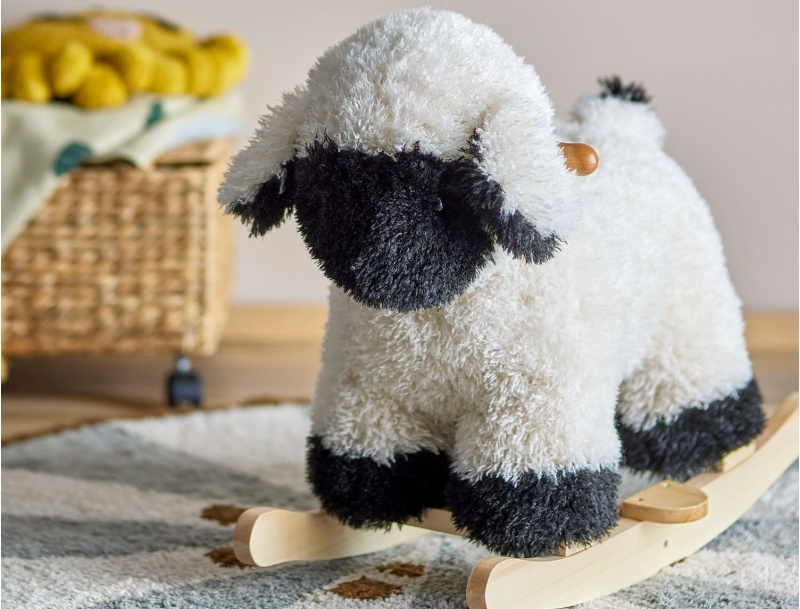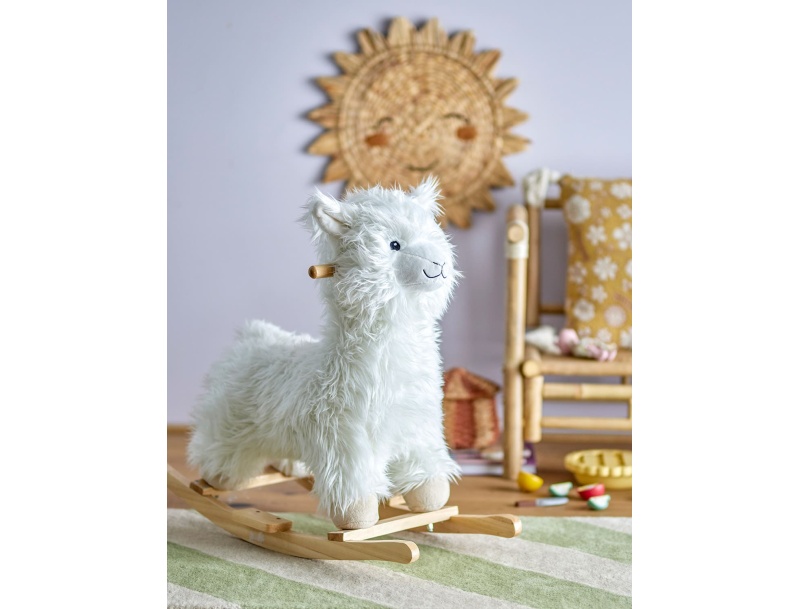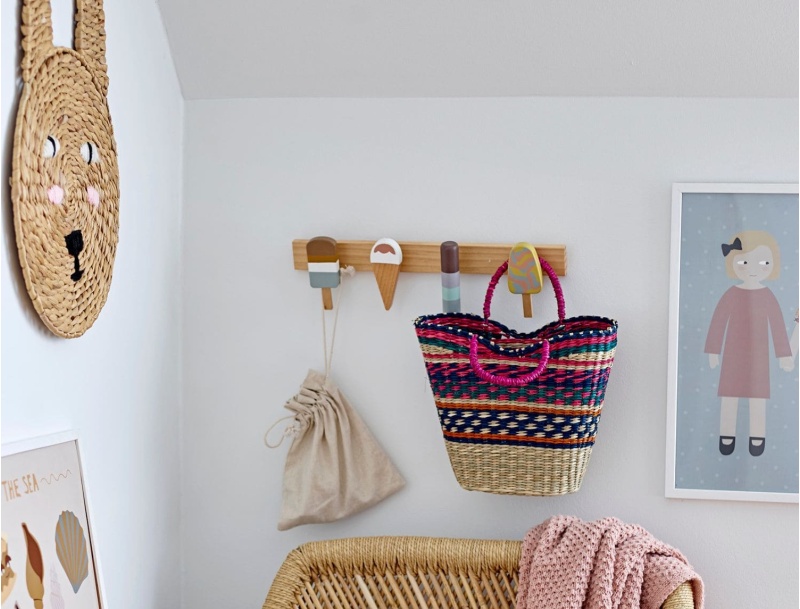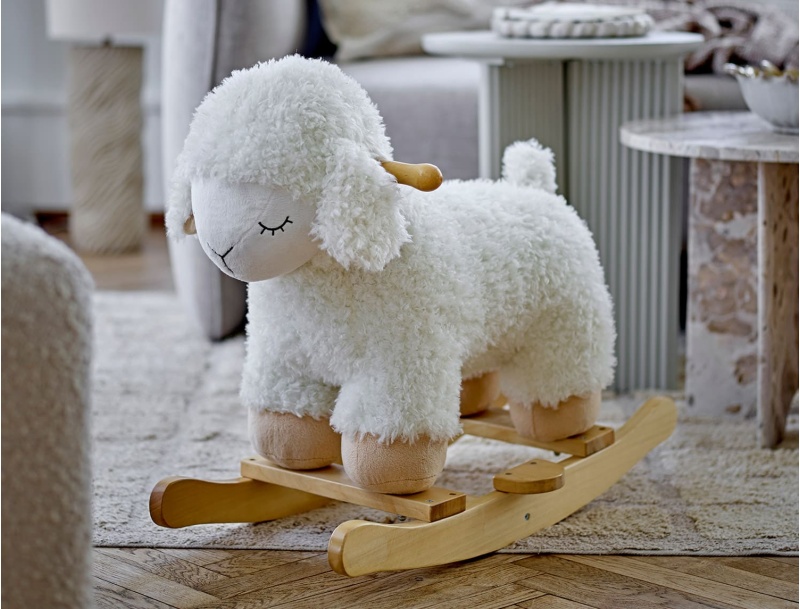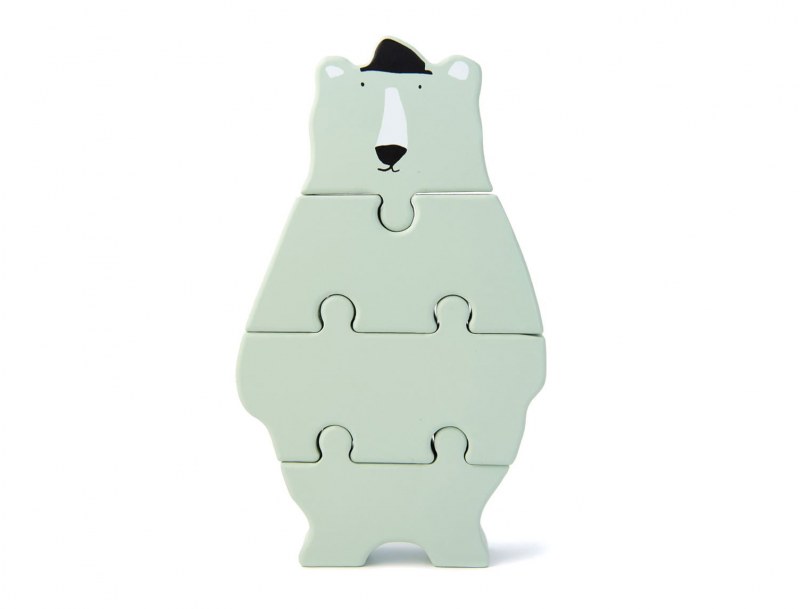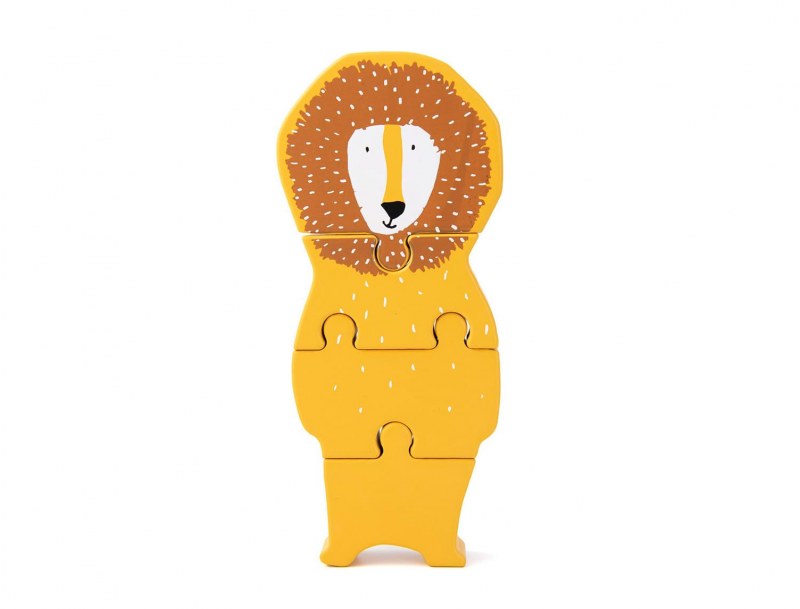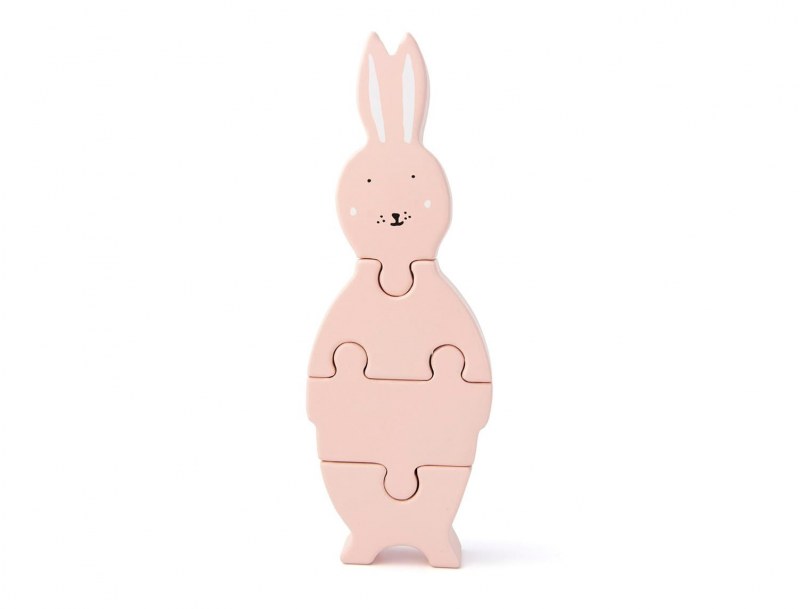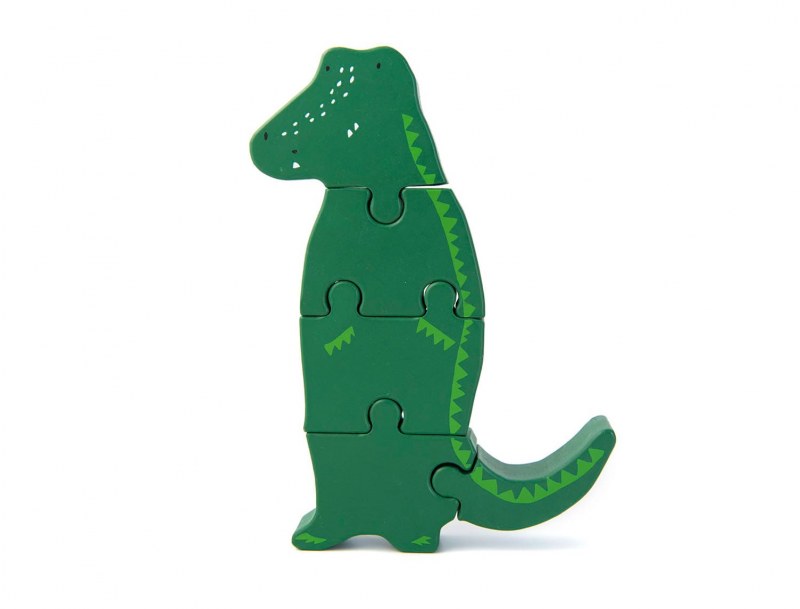Eco-friendly toys: why choose a sustainable alternative for baby?
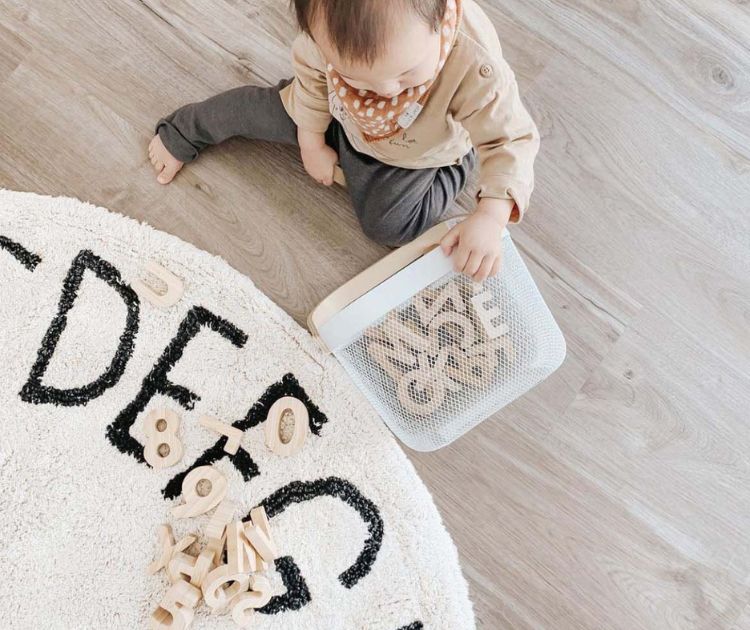
Why choose eco-responsible toys for your baby?
More and more parents are concerned about the quality and environmental friendliness of what they buy for their baby. And for good reason, climate issues cannot be ignored. As a result, several questions arise for young parents, such as the choice of baby toys. Fortunately, there is now a wide range of options on the market, including the possibility of opting for eco-responsible toys. But then, how do you recognize an eco-responsible toy? What are the criteria that define it? What about second-hand options?
What is an eco-responsible toy?
An eco-responsible toy refers to a toy manufactured locally, with local materials as well. The goal? To limit importation and transportation, and favor manufacturing methods and materials that respect the environment. As a result, there are several possibilities that can be considered to find an eco-responsible toy.
Wooden toys
Wooden toys are generally more eco-responsible than plastic toys. Indeed, they are more robust, more durable over time and their design also involves less pollution. To do even better, opt for a wooden toy with PEFC or FSC certification. This label allows you to ensure that the wood used for the toy's manufacture comes from eco-managed forests.
Moreover, it must be admitted that wooden toys are much more beautiful objects than plastic toys.
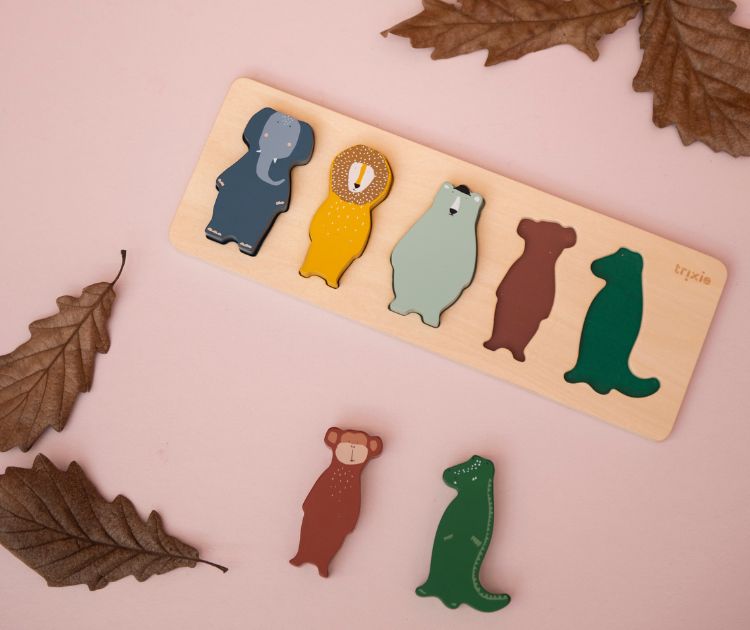
Made in France
There are many companies that offer locally made toys. We even know of historic companies in the field of children's toys in France. By choosing a French brand that manufactures its products in France, you're opting for a quality toy, supporting the French economy, and avoiding items imported from abroad.
Avoid battery-operated toys
If you want to focus on eco-responsible toys, avoid battery-operated toys as much as possible. Batteries require consuming a lot of energy to be produced, much more than they are capable of providing. Moreover, due to the difficulty in collecting and sorting them properly, they also have a significant impact on air and water pollution.
Limit over-packaging
You can also limit the purchase of over-packaged toys. Indeed, the use of extensive packaging also has an impact on the environment and this over-packaging is often far from necessary.
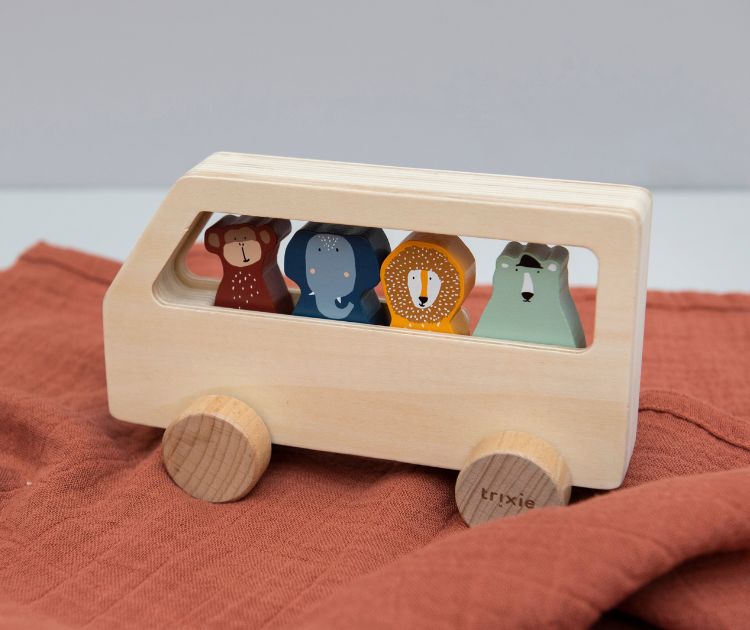
Keep an eye on labels
Some labels can put you on the right track in toy store aisles, such as:
- The French NF-Environment ecolabel: it takes into account several criteria during each stage of the toy's life, from manufacturing to recycling.
- The "Spiel Gut" label: this is a German reference that awards its label to ecological toys, but also based on their safety, durability, design, etc.
- The Öko-Test label: this reference, also German, tests toys by integrating both health and environmental aspects.
- The Oeko-Tex label: it concerns textiles and ensures the absence of substances considered harmful.
What about second-hand?
If you want to make more eco-responsible choices for your children's toys, second-hand is an excellent choice. Children get bored quickly and only use certain items for a few months. You can therefore find quality toys in excellent condition at a garage sale or on online classifieds. Check its condition carefully before buying and give it a good cleaning before giving it to your child.
Eco-responsibility also in furniture
More than toys, you also have the possibility to opt for durable and eco-responsible furniture in the baby's room, particularly when it comes to the baby bed.
Different baby bed formats
There are now different formats for a baby bed, including the convertible baby bed. What we call a convertible baby bed is a baby bed that can be transformed to follow the child's evolution. Most often, it's a convertible baby bed for ages 0-6. Indeed, the baby bed is first a crib that can be used from 6 months to 2 years. Then, it can be transformed into a child's bed. This allows for a longer lifespan for the baby bed. This type of baby bed can even be equipped with storage like our vintage baby bed.
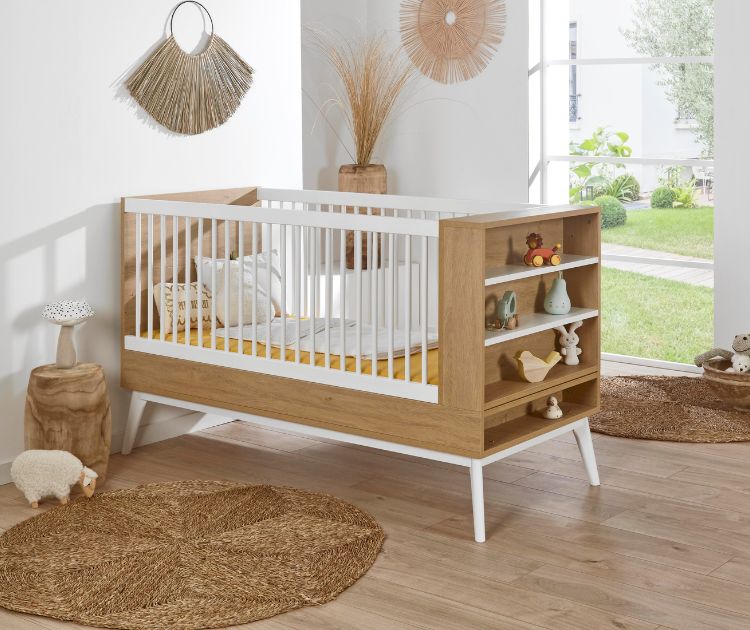
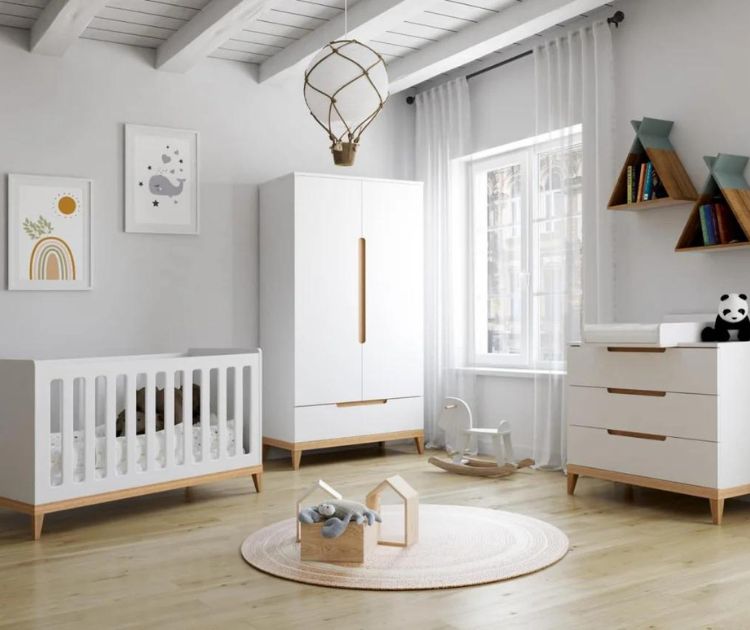
Criteria to consider for baby furniture
More than just the baby crib, when choosing a complete baby room, you can take into account the following selection criteria:
- Convertible furniture: if you're wondering why choose convertible furniture for the baby's room, know that these are more durable pieces over time, which is more economical and eco-responsible.
- PEFC certified solid wood: wood that benefits from this label comes from sustainably managed forests, making it more environmentally friendly.
- Eco-friendly wood panels with low formaldehyde content: they help limit the presence of volatile organic compounds, which is much healthier for babies.
- Water-based paint and varnish: this avoids the use of solvents that can also release volatile organic compounds.
- Made in France: to promote local employment and quality.
By focusing on these different criteria, you are assured of opting for more eco-responsible furniture for the baby's room.

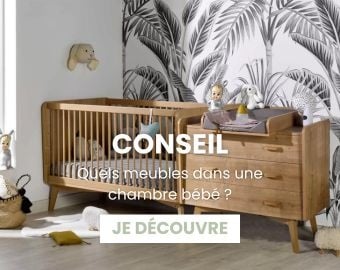
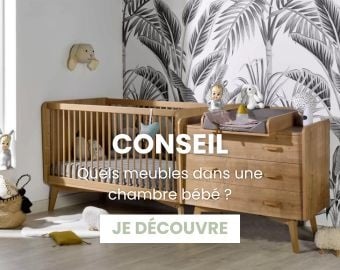
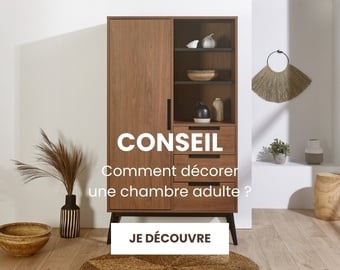
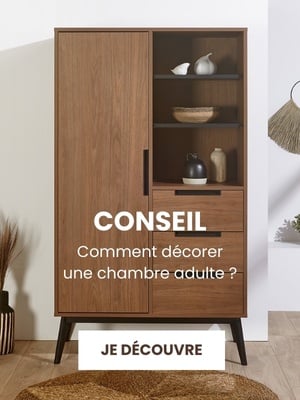
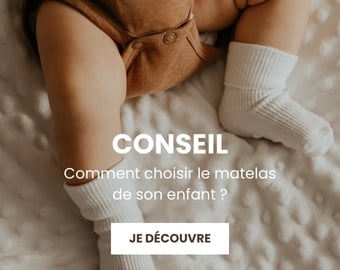
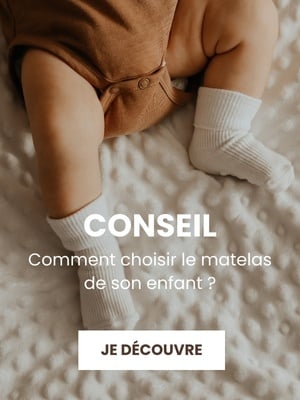
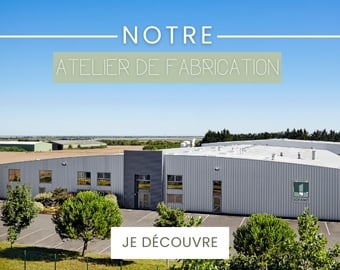
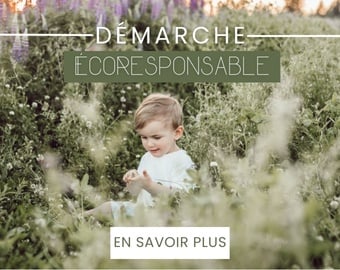

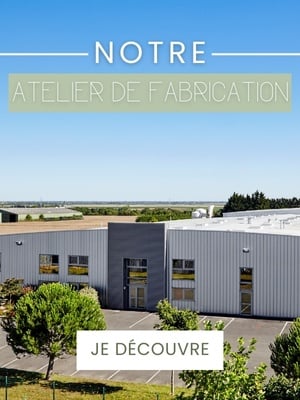
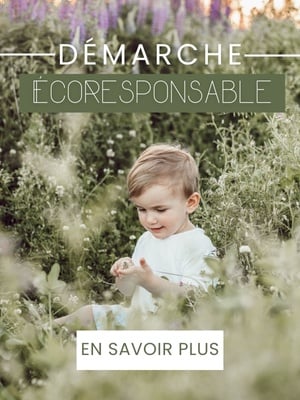

 Choosing the right baby blanket dimensions according to season and age
Choosing the right baby blanket dimensions according to season and age
 How to attach a headboard (with or without drilling): quick and effective soluti
How to attach a headboard (with or without drilling): quick and effective soluti
 Waterproof sheet or mattress protector: the best solution by age group
Waterproof sheet or mattress protector: the best solution by age group
 27 Original, Useful, and Trendy Christmas Ideas for Teens 2025
27 Original, Useful, and Trendy Christmas Ideas for Teens 2025
 Christmas Activities for Baby: Creative Ideas for Home & Daycare
Christmas Activities for Baby: Creative Ideas for Home & Daycare
